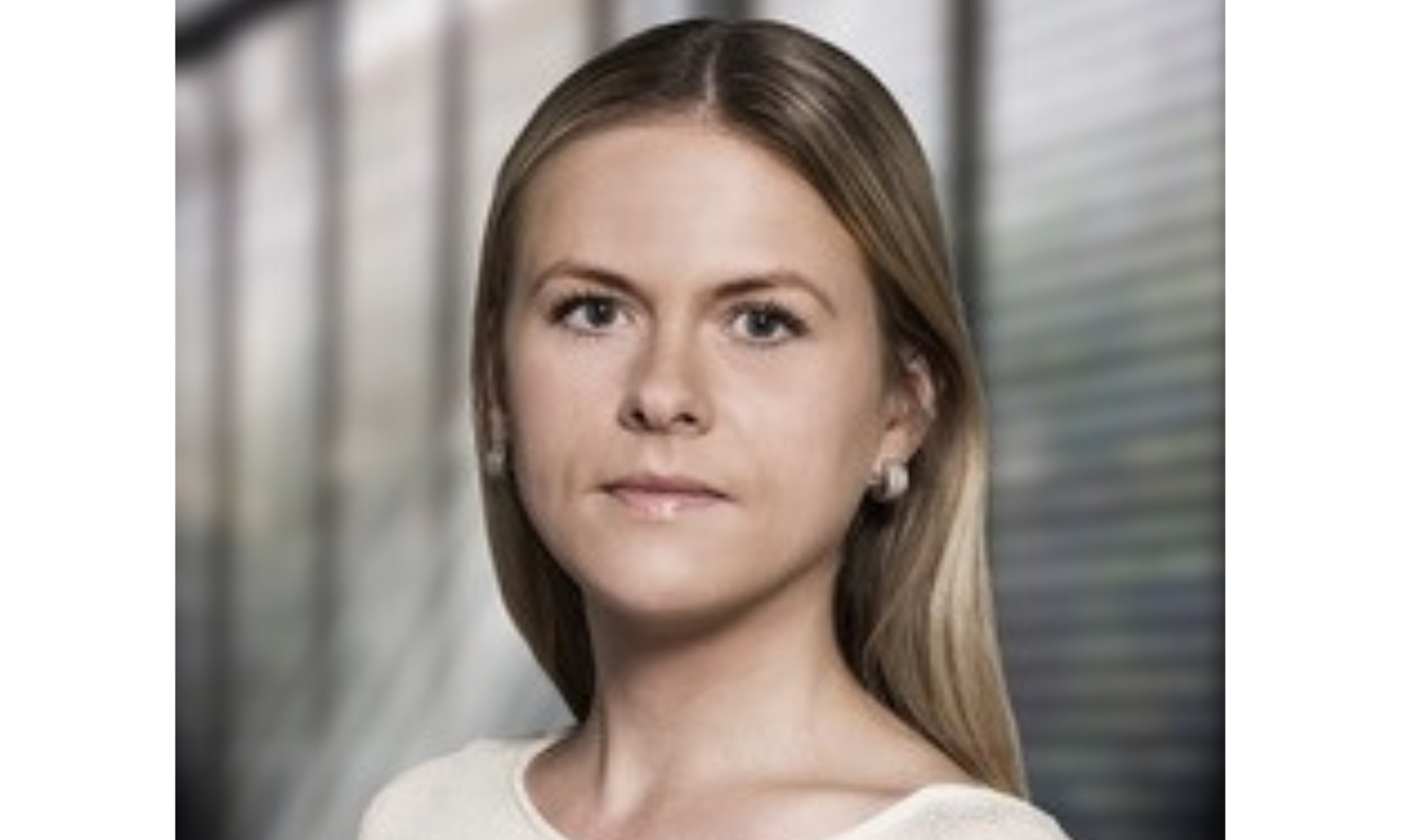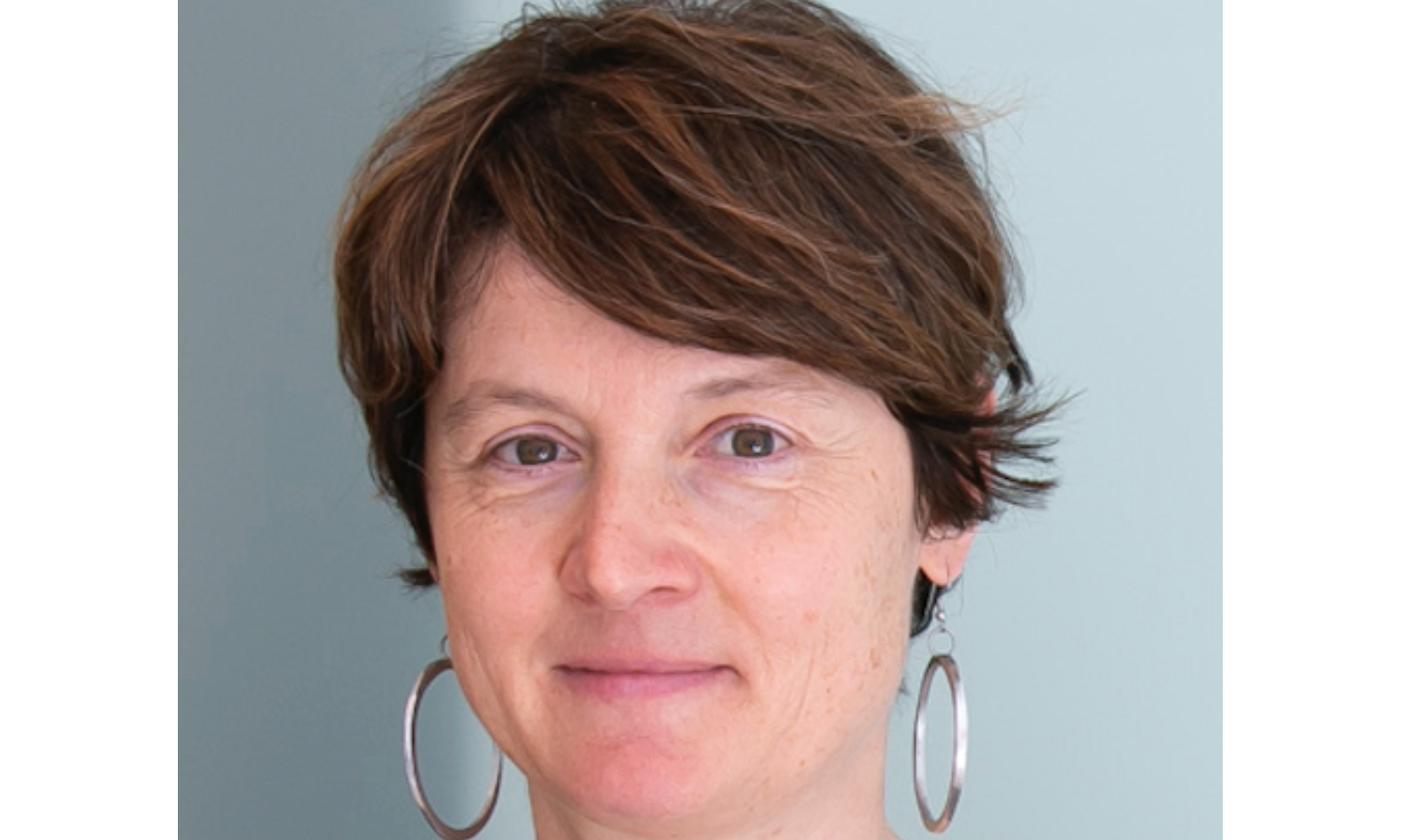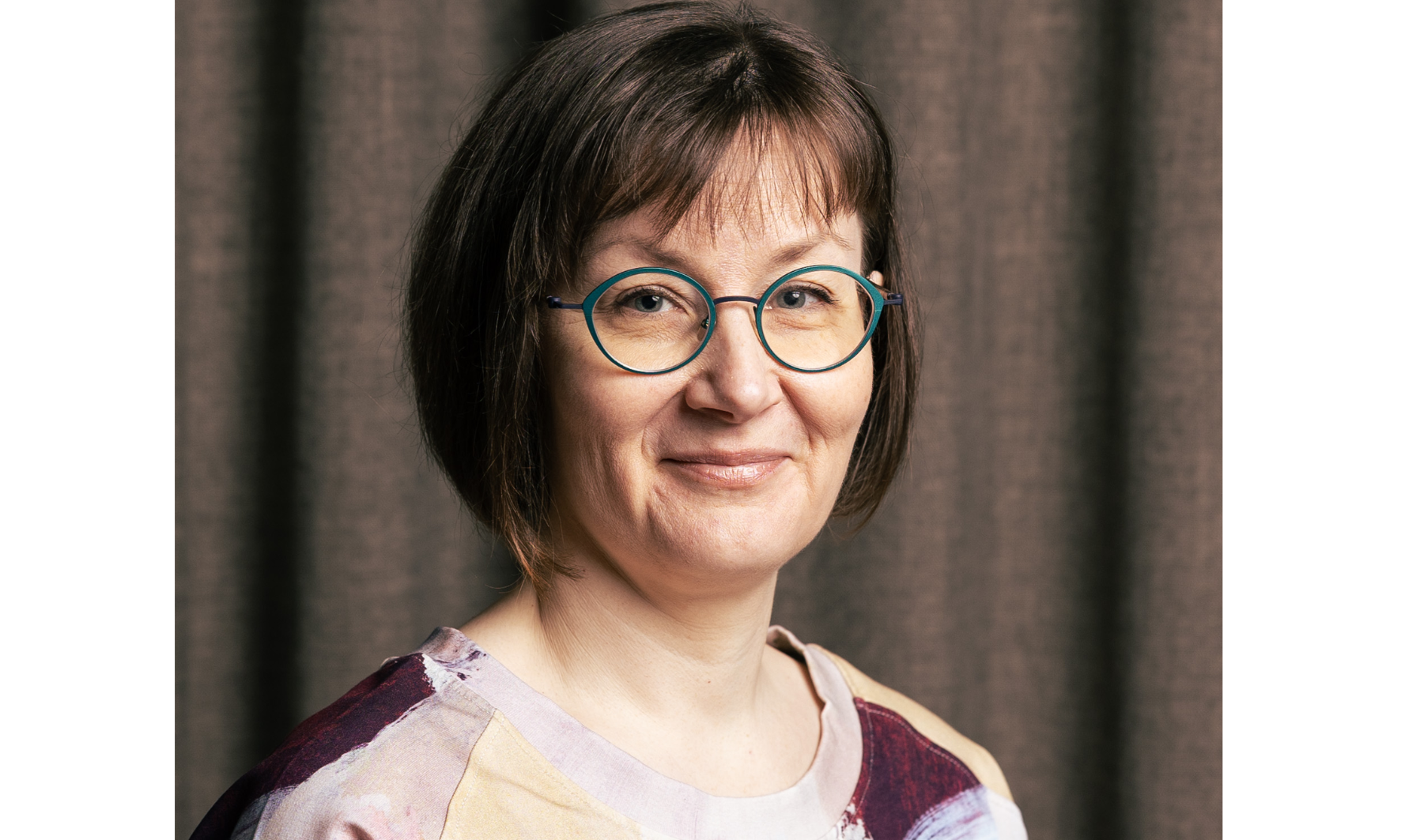Inclusive futures: ERC grantees tackling inequality through research

Inequality often emerges in subtle ways – through life transitions, urban planning choices, or the daily rhythms of community life. Three ERC grantees are tracing the everyday moments where systems, decisions, and spaces shape who belongs, who builds wealth, and who can find shade beneath a tree. Their work opens new pathways for policy and practice – showing how research can create opportunities that are fairer, more sustainable, and more attuned to diverse needs.
Closing gaps, creating opportunity
The Gender in Finance project is motivated by a simple observation: throughout life, financial decisions shape well-being, yet men and women consistently make different financial choices. What drives these differences, and how do pivotal moments - from parenthood to digital innovation - either widen or close the gender gap in finance?
But no data set exists that links measures of fundamental preferences, expectations, beliefs, and decision-making abilities to objective measures of real-world financial conditions and decisions, says Arna Olafsson Assistant Professor of Finance at the Copenhagen Business School, who leads this ERC Starting Grant project.
Parenthood reshapes women’s financial choices through unequal caregiving pressures
She is breaking new ground by linking granular data on financial behaviours to individual preferences, beliefs, and life events. Her approach pairs bank records on household spending, saving, and investment with large-scale surveys that capture identities, expectations, and transitions such as parenthood or job changes.
This unique data set enables the team to ask: how do milestones like having a child alter portfolios or credit use? And how do fintech adoption, financial literacy, or even expectations about inflation, shape financial choices differently for men and women?
‘In our work, we saw that parenthood often reshapes women’s saving, investing, or borrowing in ways that reflect unequal caregiving pressures and time constraints,’ explains Olafsson. ‘Small differences at such junctures accumulate, driving persistent gaps in wealth and safety nets over the life course. We’re also finding that digital finance and information gaps play a powerful role, yet their effects remain poorly understood across genders.’
To capture the full picture, the team ensures women’s and men’s experiences are visible - not averaged or overlooked - by designing survey modules on role beliefs, parental identity, preferences and expectations, and by tracing household behaviour before and after key transitions for both partners where possible. This allows Olafsson and her team to monitor how expectations about inflation, risk, or option value translate into real financial choices.
These insights highlight how finance is shaped not only by numbers but by identities, roles, and expectations. Banks and policymakers can act on this evidence, says Olafsson: ‘Imagine central banks adapting their messages for the groups whose expectations and needs differ most, or retail banks identifying avoidable frictions - like unnecessary fees or credit products - that disproportionately affect one gender at critical transitions.’

The project’s ambition is lasting change: to move away from male-based norms towards evidence-based, gender-aware finance. ‘If our work helps banks, fintechs, and policymakers measure, test, and design for women and men separately - with products and guidance tailored to real differences - then ‘gender-neutral’ finance will finally mean equal performance for different users, not designing for men and hoping it generalises’, says Olafsson.
Social justice in green urban spaces
On the environmental front, the GreenLULUs project examines inequalities in access to green urban spaces and how environmental benefits such as parks and recreation are often unevenly distributed, disproportionately affecting marginalised communities.
‘Green spaces are a public good, but they can also reflect and reinforce social divides,’ says Isabelle Anguelovski, Research Professor at the Catalan Institution for Research and Advanced Studies (ICREA), who leads this ERC Starting Grant project.
Through comparative research across Europe and the Americas, the team has mapped how greening policies – when not accompanied by social safeguards such as affordable housing or community land trusts – can accelerate gentrification. In 18 out of 27 mid-sized cities analysed, new greening developments were identified as a major driver of displacement and social exclusion.
Greening must serve social justice, not prestige
‘One major barrier to racially and socially equitable green cities in Europe is the dominant urban planning model, which too often prioritises real estate value and aesthetic transformation over long-term community needs’, Anguelovski warns. ‘In many cases, green infrastructure is promoted as a tool of place-branding or ‘eco-prestige’, rather than as a vehicle for environmental and social justice.’

Her research urges policymakers to rethink the very purpose of urban greening through the lens of inclusion. ‘Our goal is not to halt greening, but to reimagine how green infrastructure can support affordability, recognise cultural identities, and secure residents’ rights to remain’, she explains. ‘Real progress requires shifting who defines what a green city is - and for whom it is designed.’
Everyday encounters and community life
The EmergentCommunity project, funded by an ERC Starting Grant, explores how people live together in urban neighbourhoods that reflect many kinds of diversity. Senior Researcher Eeva Puumala and her team at Tampere University focus on social ties that grow through daily routines, chance meetings, and ordinary encounters - rather than fixed identities.
‘In policy debates, community can sometimes be a polarising term, used to fuel fear or exclusion,’ Puumala reflects. ‘Our research seeks to unpack the complex, sometimes discomforting, practices of coexistence - how people navigate diversity create connections, and make sense of their relationships to others and their surroundings.’
A central principle of the project is amplifying the voices of groups often marginalised or spoken about in exclusionary ways, including substance users, homeless people, and youth. By collaborating with NGOs and community centres and reflecting the diversity of their own research team, the project ensures these perspectives are heard.
‘Everyday life is a topic everyone can relate to, but it also reflects different life situations and positionalities,’ says Puumala. ‘This approach has allowed us to gain rich insight into how people live, navigate, and create community in the midst of broader social structures and policies.’
The research highlights how communities resist exclusion in small but meaningful ways. People intervene in discriminatory situations on the street or public transport - offering support, distraction, or simply acknowledging someone’s presence. Even gestures such as greeting someone, sharing food, or checking in on a person in need can communicate equality and foster a sense of belonging.
Communal bonds emerge in daily life, even amid discomfort
‘These fleeting acts of solidarity may seem minor, but they powerfully challenge exclusion and build communal bonds,’ Puumala explains.

By understanding these everyday dynamics, policymakers and planners can create inclusive urban spaces that support routine-based belonging, lingering, and interaction beyond sameness. ‘We hope to support emotionally aware public spaces where diverse lives and needs are genuinely accommodated,’ says Puumala. ‘By moving beyond identity-based assumptions, our findings show how communal bonds truly develop through daily life.’
A continuous process
These ERC-funded projects remind us that inclusion is never a single milestone but a continual act of reimagining – reshaping systems, reclaiming spaces, and rewriting narratives. With bold ideas and rigorous inquiry, ERC grantees are not only uncovering the roots of inequality but also planting the seeds of more just and equitable futures





